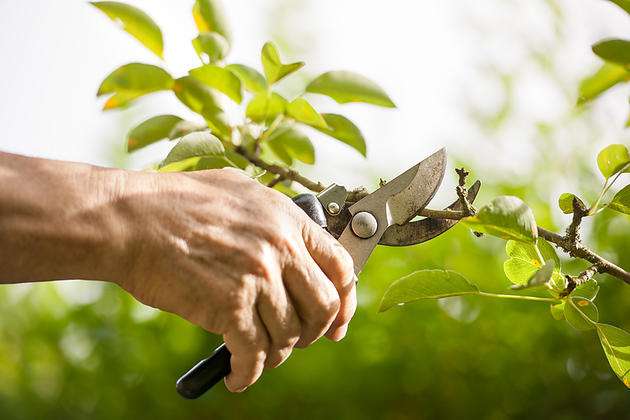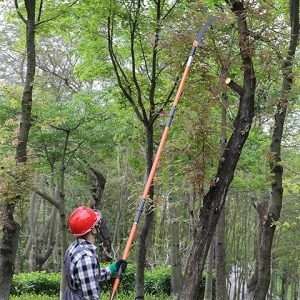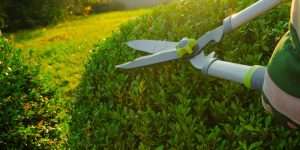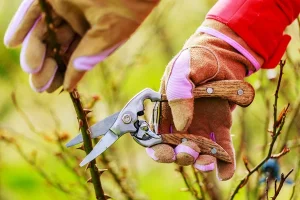
As the vibrant hues of summer fade into the mellow tones of fall, it’s the perfect time to focus on your garden. While many people associate pruning with springtime growth, fall offers its own unique advantages for trimming trees, shrubs, plants, and flowers. In this post, we’ll explore the correct methods for fall pruning and highlight the benefits of tackling this task during the autumn months.
Why Prune in Fall?
Pruning in fall can provide several advantages over spring pruning:
- Reduced Stress – Pruning in the fall allows plants to enter dormancy with less stress. They have time to heal before the cold winter months, minimizing the risk of injury and disease.
- Better Visibility – With leaves falling, it’s easier to see the structure of your plants. This visibility helps you make more informed pruning decisions, promoting better air circulation and light penetration.
- Encouraging Healthy Growth – Pruning can encourage robust growth in the spring, allowing plants to redirect energy to new shoots and blossoms.
- Disease Prevention – Pruning away dead or diseased branches helps prevent the spread of pathogens and pests that can thrive in winter.
Correct Fall Pruning Techniques
Here are some general guidelines to help you prune your trees, shrubs, plants, and flowers effectively:
1. Trees

Timing
-
-
- Late fall, after leaf drop, is ideal for deciduous trees. Avoid pruning during severe cold spells.
-
Tools
-
-
- Use sharp, clean pruning shears, loppers, or saws, depending on the size of the branch.
-
Technique
-
-
- Remove any dead, damaged, or diseased branches first.
- Thin out crowded areas to improve air circulation.
- Cut at a slight angle just above a bud to encourage new growth.
-
2. Shrubs

Timing
-
- Prune most shrubs in late fall, but wait until after blooming for spring-blooming varieties.
Technique
-
- Start by removing dead or older branches
- For overgrown shrubs, cut back to a healthy bud or branch.
- Maintain the natural shape of the shrub for a more aesthetically pleasing look.
3. Perennials

Timing
-
- Many perennials benefit from being cut back in the fall after they’ve died back.
Technique
-
- Cut stems back to the ground or just above a healthy leaf node.
- Remove any spent flowers to prevent disease.
- Consider leaving some stems for winter interest and to provide habitat for beneficial insects.
4. Flowers

Timing
-
- For most flowering plants, fall is a great time to deadhead and clean up
Technique
-
- Remove spent blooms to redirect energy to the roots.
- Trim back any diseased or damaged foliage.
- For hardy annuals, cut back to ground level if the plant is not overwintering.
Benefits of Fall Pruning
Improved Aesthetics
-
- A well-pruned garden in fall looks tidier and more organized, enhancing curb appeal
Increased Blooms
-
- Proper pruning can lead to a more robust blooming season in the spring, as plants channel their energy into new growth.
Stronger Structure
-
- By removing weak or crossed branches, you help your plants develop a stronger structure that can withstand winter weather.
Conclusion
Pruning in the fall can be a rewarding task that sets the stage for a healthy, vibrant garden and landscape in the coming year. By understanding the right techniques and timing, you can enhance the beauty and health of your trees, shrubs, plants, and flowers. As the leaves fall and the garden begins to rest, take a moment to tend to your plants, ensuring they thrive when spring arrives once more. Happy pruning!
And don’t forget, fall aeration is an important piece of the lawn care puzzle. Learn if mechanical aeration or liquid aeration is right for you!
